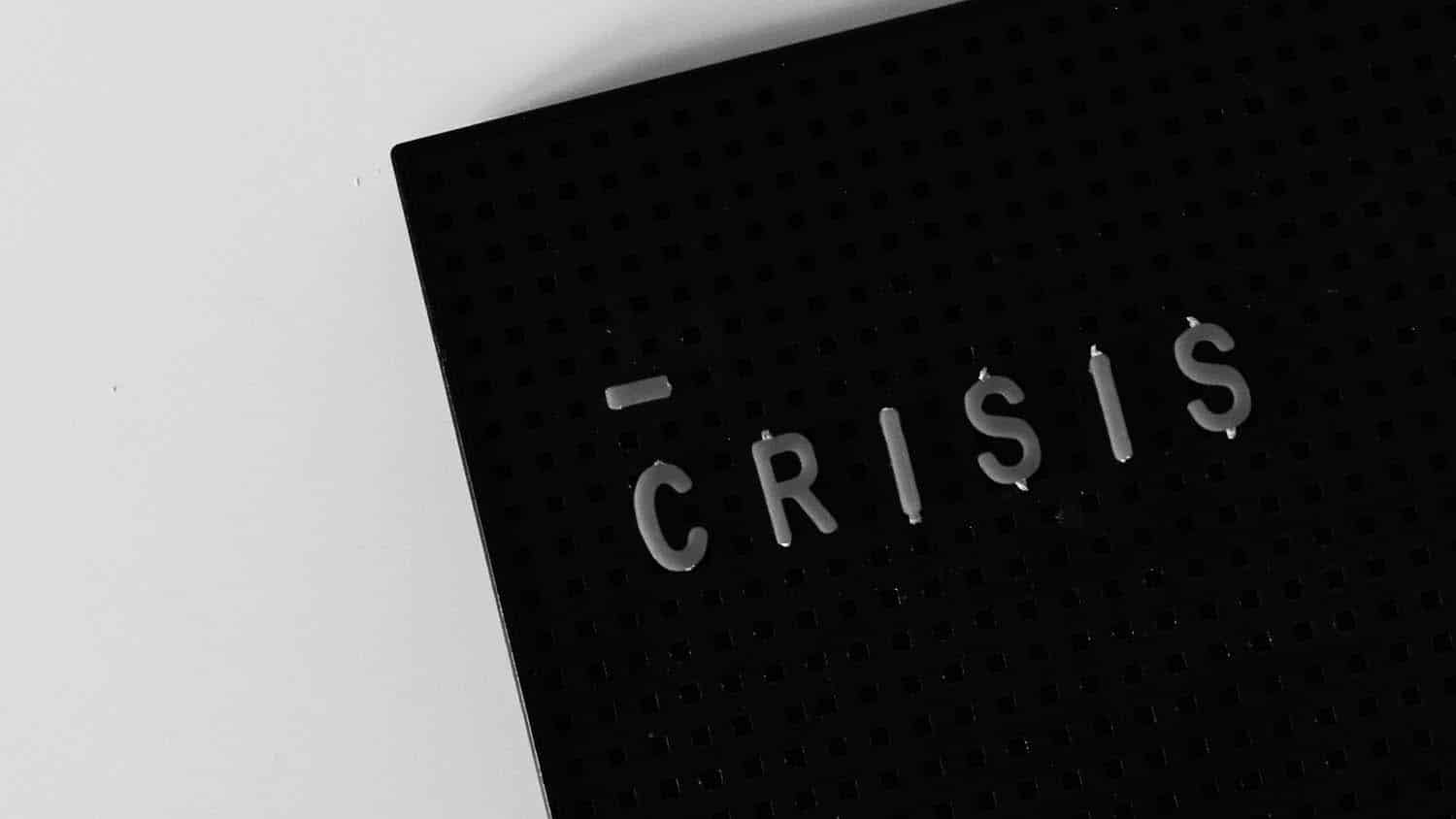Study Suggests Taking an Aggressive Stance in Crisis Communications Costs Companies Money

For Immediate Release
A new public relations and crisis communications study tracked 10 years of data and used big data analytic tools to capture shifts in how corporate interests and the public discussed a complex legal situation regarding a widely used herbicide – and how those dynamics related to stock price. The bottom line? When the company took an aggressive stance, its stock price dropped.
“This study is valuable because it demonstrates how companies can use big data to make informed decisions about how to communicate with the public during a crisis – especially when the crisis is complicated and extends over a long period of time,” says Jaekuk Lee, co-author of a paper on the work and a Ph.D. student at North Carolina State University.
“This work can serve as a template for how scholars and practitioners can make use of big data and artificial intelligence (AI) tools to assess crisis communications campaigns over time,” says Alice Cheng, co-author of the paper and an associate professor of communication at NC State. “For example, AI tools now allow us to assess the sentiment of hundreds of thousands of social media posts in order to capture how a company’s stance shifts over time – as well as changes in how various public audiences relate to the company over time. That would have been almost impossibly time-consuming using traditional techniques.”
For this study, researchers examined how Monsanto and Bayer dealt with fallout from legal concerns related to the herbicide Roundup, which was listed as a probable carcinogen in 2015. Monsanto produced Roundup, and was acquired by Bayer in 2018.
Specifically, the researchers analyzed more than 230,000 tweets and 334 news articles – dating from between 2012 and 2022 – to see how Monsanto/Bayer talked about this public relations crisis, as well as how news outlets and the public talked about the crisis. The researchers also collected data on the stock prices of Monsanto and Bayer, to see if there were correlations between corporate messaging, public attitudes and stock price.
“It was not surprising to find that the company’s stance in public messaging evolved significantly over the course of 10 years – sometimes taking an aggressive stance, sometimes neutral, and sometimes accommodating to public concerns,” says Lee.
“We found that when the company took an aggressive stance, this was often associated with the public taking an aggressive stance,” Lee says. “And when the public took an aggressive stance, the company’s stock price declined significantly. In other words, aggressive attitudes on both sides were strongly correlated with subsequent declines in the company’s stock price.”
“And while the companies can’t control the public, they can control their own communications positions – which suggests being accommodating would be in the company’s best interest,” says Cheng.
“The study is also interesting from a theoretical standpoint, because it demonstrates the dynamic nature of how companies and publics relate to each other,” says Cheng. “This work enhances our understanding of these dynamics, and ties in nicely with the Contingent Organization-Public Relationships (COPR) framework that we developed a few years ago. In short, this study illustrates how emerging AI and big data tools can help us capture these dynamic relationships over extended periods of time, while COPR gives us a way of understanding and describing those relationships. It’s very exciting.”
The paper, “Situating deep learning in a relating management approach: Examining the dynamics and outcomes of contingent organization-public relationships (COPRs) in crisis,” is published in the journal Public Relations Review. First author of the paper is Xinyan Zhao, an assistant professor of advertising and public relations at the University of North Carolina at Chapel Hill. The paper was co-authored by Jessica Shaw, a Ph.D. student at UNC Chapel Hill.
-shipman-
Note to Editors: The study abstract follows.
“Situating deep learning in a relating management approach: Examining the dynamics and outcomes of contingent organization-public relationships (COPRs) in crisis”
Authors: Xinyan Zhao and Jessica Shaw, University of North Carolina at Chapel Hill; Yang Cheng and Jaekuk Lee, North Carolina State University
Published: March 1, Public Relations Review
DOI: 10.1016/j.pubrev.2024.102437
Abstract: Existing research in crisis communication and public relations focuses on relationship quality or outcomes, along with their causes and effects, mainly using cross-sectional survey data. This research expands the COPR theoretical framework by employing big data and deep learning to analyze the dynamics and intricacies of corporate and public stances during a long-term organizational crisis. Focusing on Monsanto/Bayer’s Roundup crisis from 2012 to 2022, the study analyzed 232,694 tweets and 334 articles to examine corporate stances, public stances, and various relationship modes formed from both party’s standpoints throughout the crisis. The results show the evolving and interdependent interactions between corporations and their publics, as well as the longitudinal impacts of public stances on stock prices. Our findings highlight the application of computational methods for enhancing strategic decision-making in managing organization-public relationships, particularly during prolonged and complex crisis scenarios.
This post was originally published in NC State News.
- Categories:


